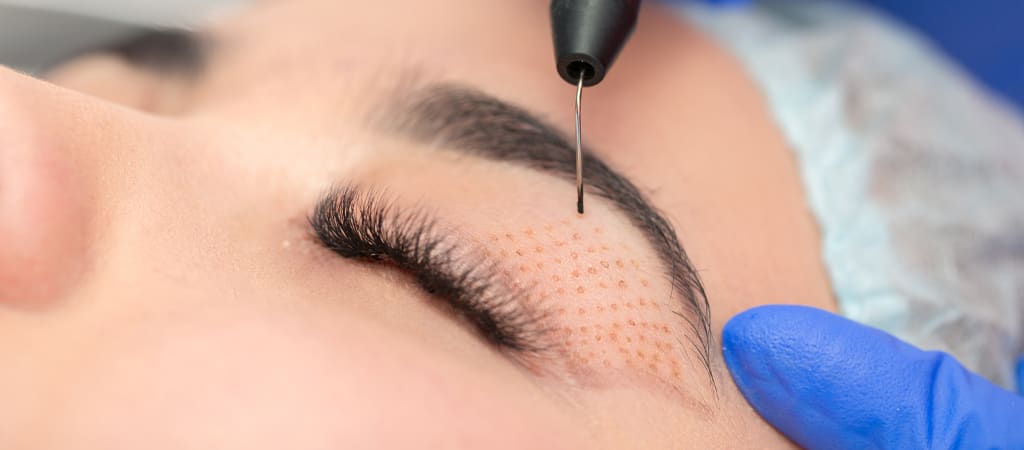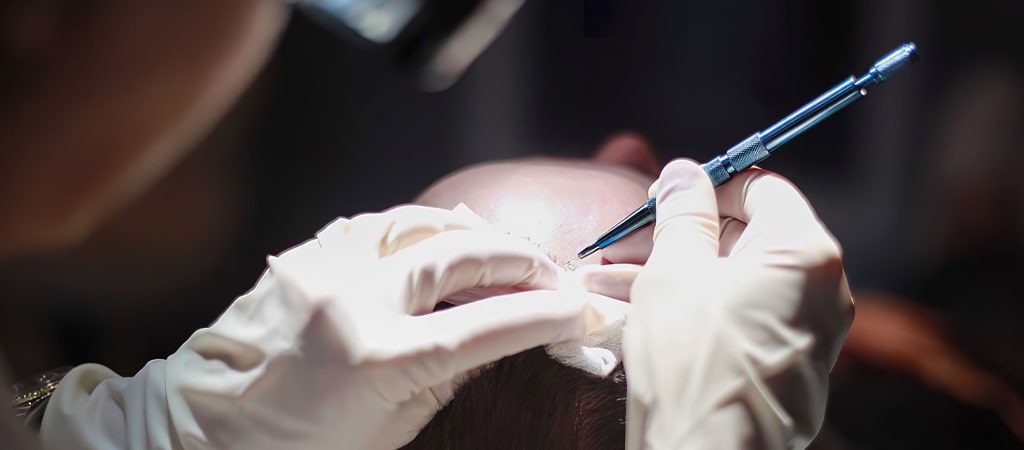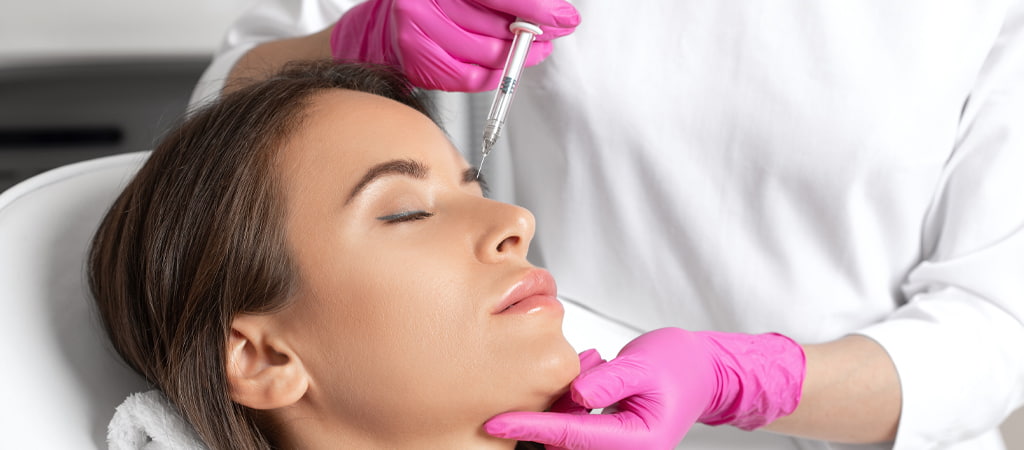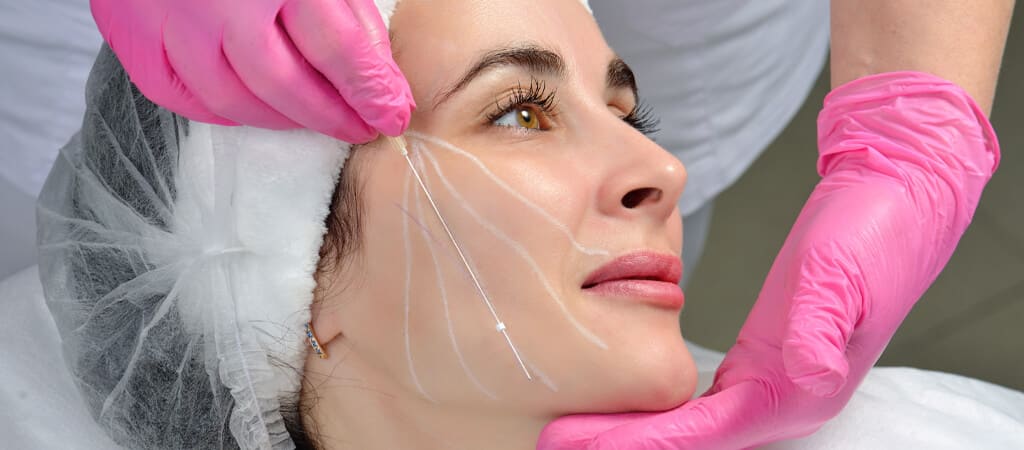What is Plasma Energy Therapy?

Plasma energy therapy is a treatment method in which ionized nitrogen and water vapor is converted into plasma energy with high energy, evaporating the skin lesion and providing tissue regeneration. The method aims at skin renewal and rejuvenation. It is also possible to even out skin tone and remove unwanted nevus (moles) with this application.
The epidermis, which is divided into three skin layers: dermis, epidermis and hypodermis, becomes thinner and sagging due to aging, and tissue deterioration in the skin becomes more visible. If collagen production in the dermis weakens, skin imperfections become more permanent.
Plasma energy therapy stands out as an option and is recommended by physicians in the treatment of these conditions.
Plasma energy is the method applied in the treatment of the following skin problems.
- Scarring (acne/pimple scars)
- Sagging in front of the ear – wrinkles
- Skin rejuvenation
- Stretch mark treatment
- Eyelid wrinkles
- Smokers line (Lines above the lip)
- Raised lesions on the skin (moles, warts)
- Incisions and scars
- Age spots and pregnancy pigmentation
The main purpose of plasma energy applied in the treatment of aging and other skin problems is to regenerate the skin and help to make it look firmer and more vibrant.

Who Is Plasma Therapy Suitable For?
Patients must first undergo a skin examination by the physician before the application. As a result of the examination, the treatment method for the skin problems is decided.
Patients starting to show signs of aging mostly benefit from a plasma energy treatment. However, anyone who experiences skin problems as listed above can benefit from this treatment.
How Is Plasma Energy Applied?
There are two different Plasma Energy application methods, these are; intense and low energy. The method is determined according to the patient and skin problem. While a solution can be obtained in a single session with the intense plasma energy method, the low energy method requires more than one session. Both methods do not go under the skin, therefore the subcutaneous tissue structure is not damaged. Local anesthetic cream is applied on the skin before the procedure. The duration of the procedure varies according to the skin problem.
Recovery After Plasma Therapy
After a Plasma Therapy application, it can take approximately 7-10 days for the skin to heal and the effects of the treatment to begin to be seen. During this period, the epidermis begins to peel off from the skin layers to reveal stronger and firmer skin. Complete healing of the treatment and achieving expected results may vary depending on the energy intensity used during the application.
After the application, protection should be applied before sun exposure, and chemical-based cosmetic products should be avoided. In cases where sun exposure is mandatory, sunscreen with a high protection factor should be applied to protect the skin. It is recommended to perform the application outside the summer season.
Advantages Of Plasma Energy Therapy
Advantages of the application can be listed as follows;
- Depending on the application, wrinkles on the skin are reduced.
- Skin looks more alive and fresh compared to before the treatment.
- Skin is visibly tightened, especially for patients with saggy skin.
- Open pores become tightened.
- Uneven skin tone caused by the sun is corrected.
Plasma Energy Therapy FAQs
How long does a plasma energy application take?
How long does a plasma energy application take?
Session durations vary according to the skin problem.
Is a Plasma Energy Therapy application painful?
Is a Plasma Energy Therapy application painful?
Even though the treatment is practical, some pain may be felt after the treatment. However, local anesthesia may be preferred to ensure that patients are comfortable and do not feel pain during the procedure.
What are the possible side effects of plasma energy treatment?
What are the possible side effects of plasma energy treatment?
After the treatment, patients may experience side effects as follows;
Darkening of the skin in the treated area can last for 3-4 weeks.
Redness that can last for approximately 2-3 weeks.
These side effects are temporary.
Are the results of a plasma energy application permanent?
Are the results of a plasma energy application permanent?
Lasting results may vary according to the skin problem. Long term results are possible for aging, and other problems like moles, warts, scarring and wounds are solved permanently.
Overtime deformations that may occur as a result of aging may cause the procedure to lose the first day effects of the treatment
Likewise, prolonged exposure of the skin to the sun also causes damage to the skin.





